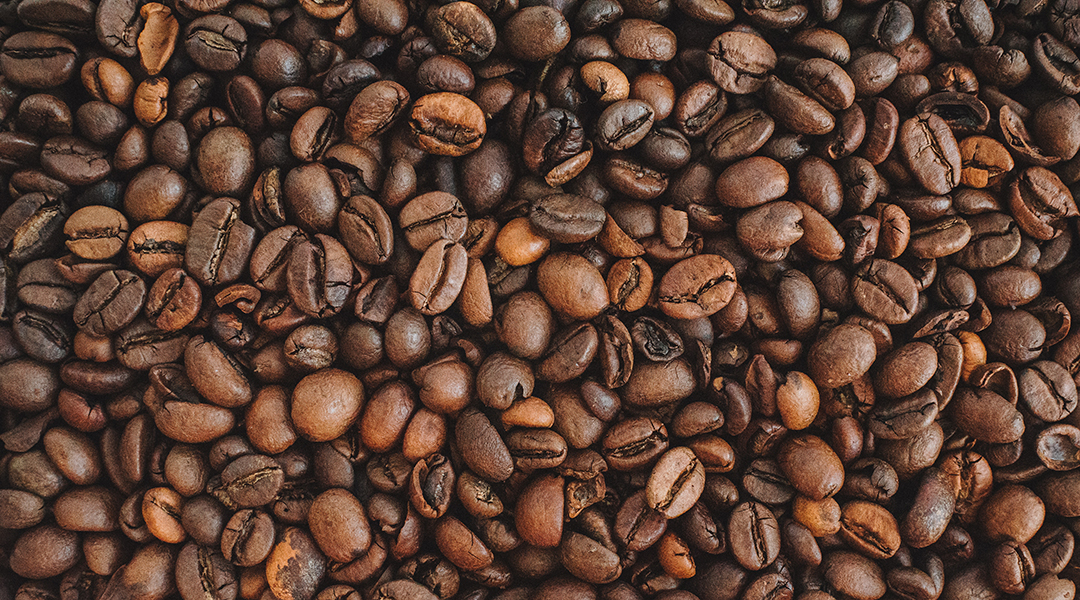This artificial gut will allow scientists to gain deeper insights into the biome that exists there and how dysregulation can lead to disease.


This artificial gut will allow scientists to gain deeper insights into the biome that exists there and how dysregulation can lead to disease.

Mechanical therapy physically breaks down cancer cells and could help overcome the problem of treatment resistance.

A year-long survey of an ordinary urban lot found over 1000 unique species, revealing our yards are home to a great diversity of life.

The evidence says healthy people can skip the supplement with peace of mind.

Discover how living materials are revolutionizing sustainable engineering, offering self-healing and responsive solutions for a greener future.

A new AI diagnostic tool uses microbiome data and lifestyle factors to predict risk of multiple diseases, ushering in a new era of personalized healthcare.

Scientists convert waste coffee husks into cellulose fibers and films with potential applications in textiles and biodegradable products.

A modification to conventional microscopes pushes the limits of their resolution and enables high-precision observation of difficult-to-observe pathogens.

A new device can detect Salmonella on individual products in real-time and with minimal need for laboratory equipment or specialized operators.

Analyzing human hair from remains recovered in Menorca, researchers say they have provided the earliest direct evidence of drug use.